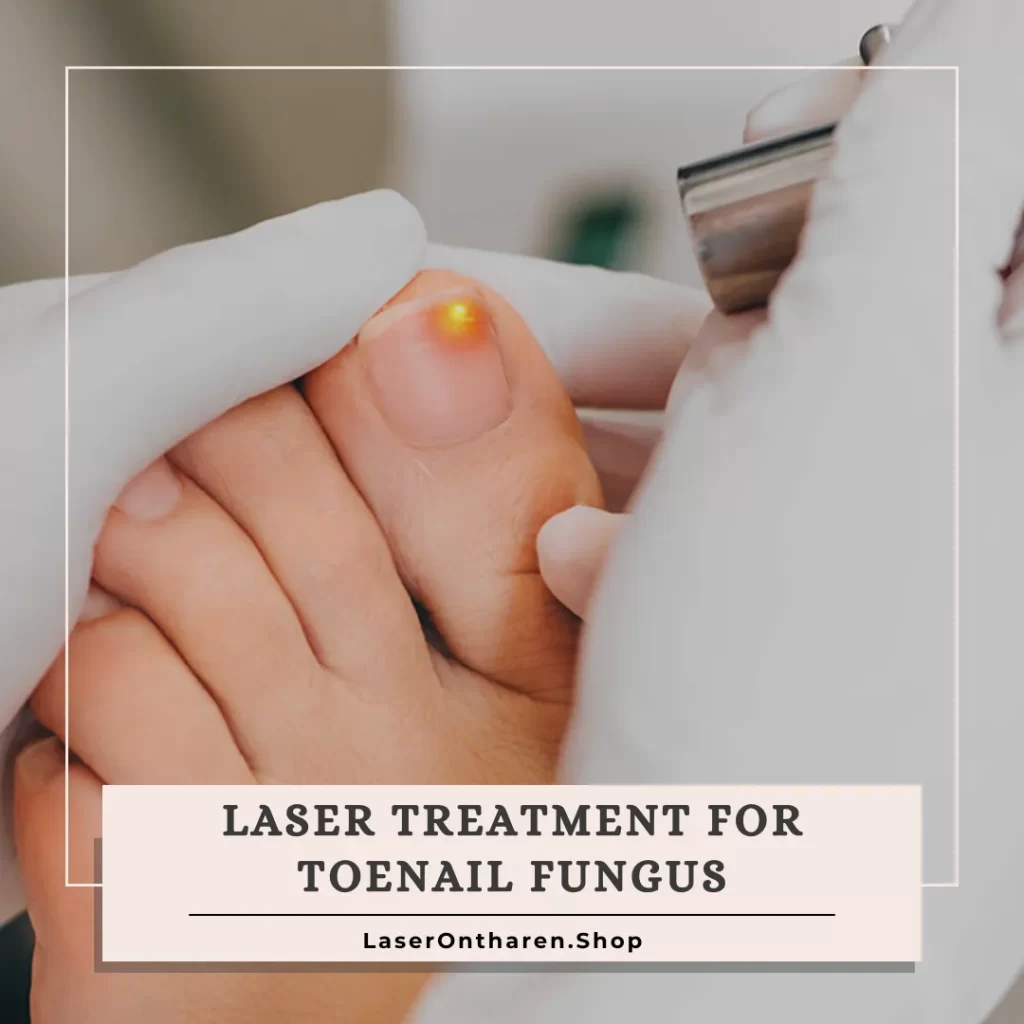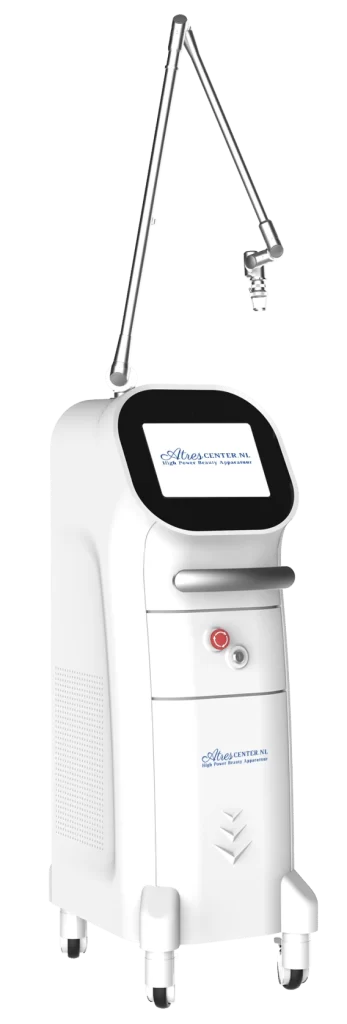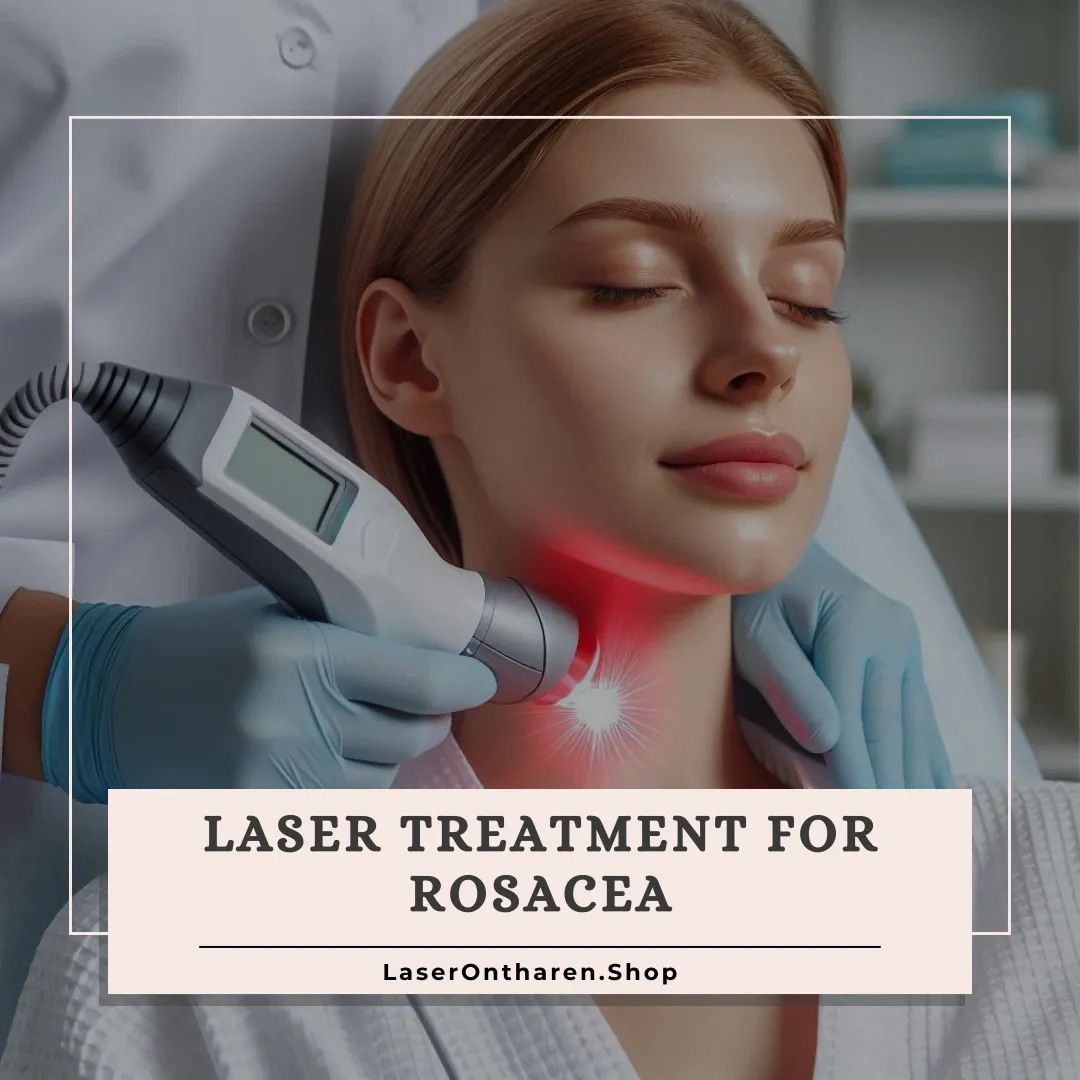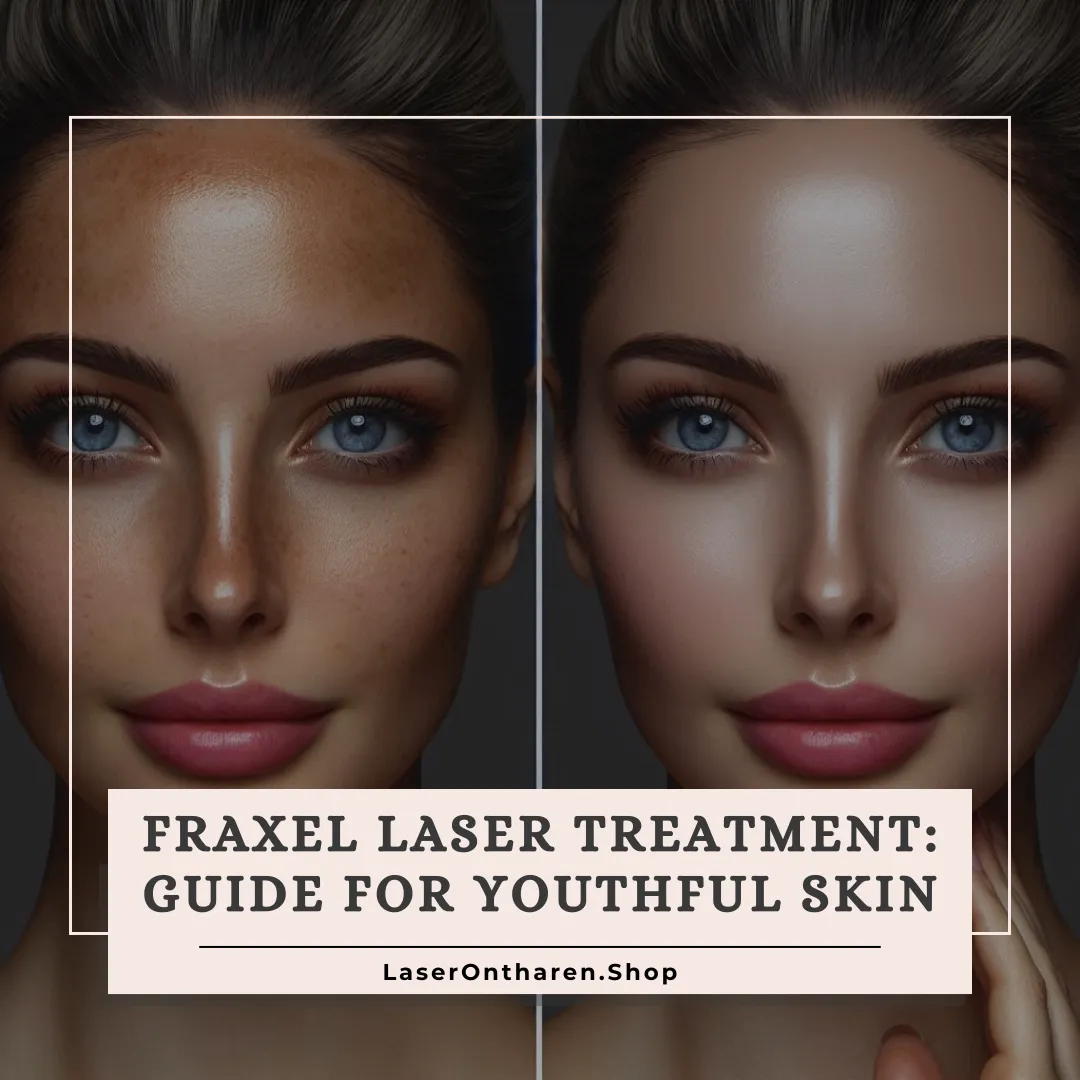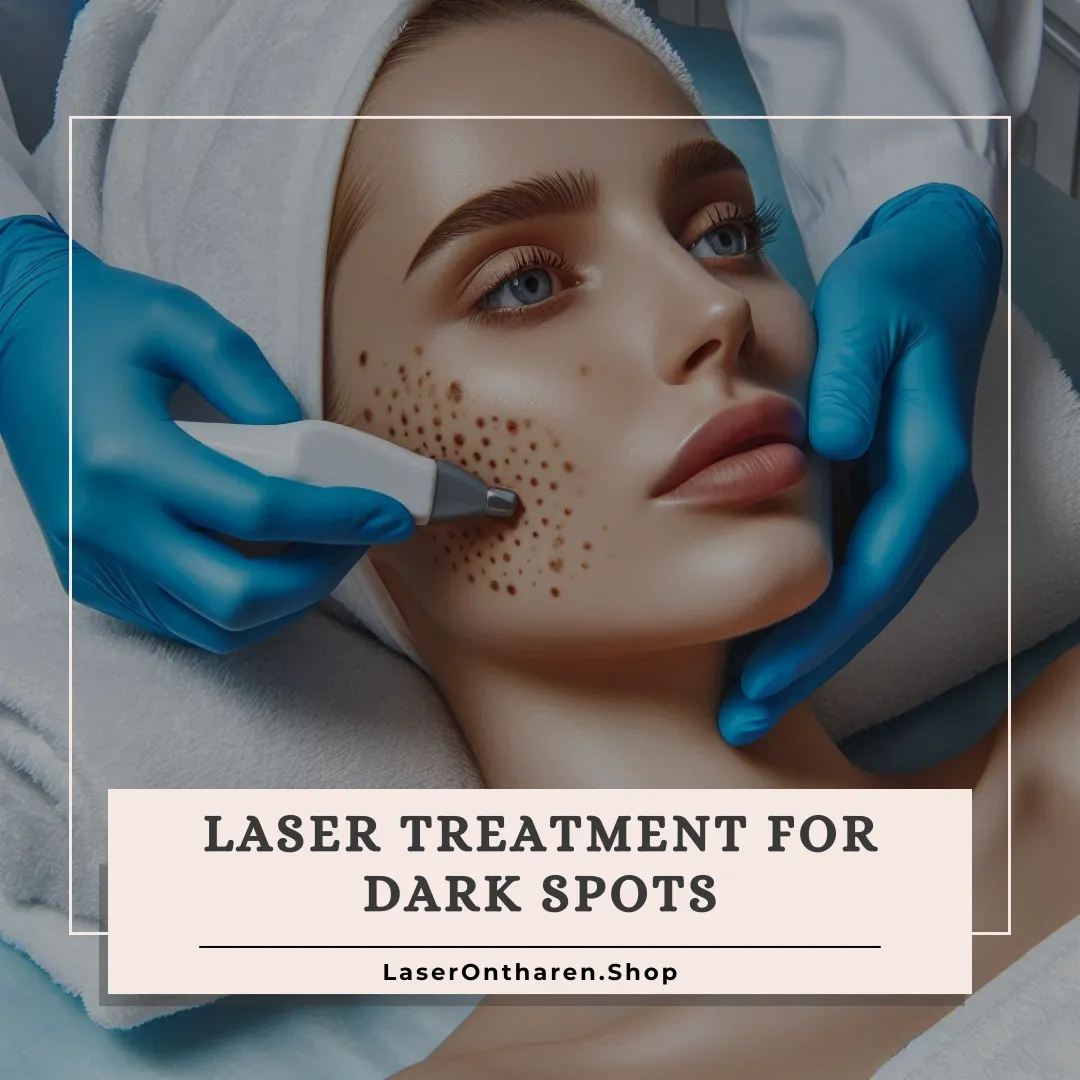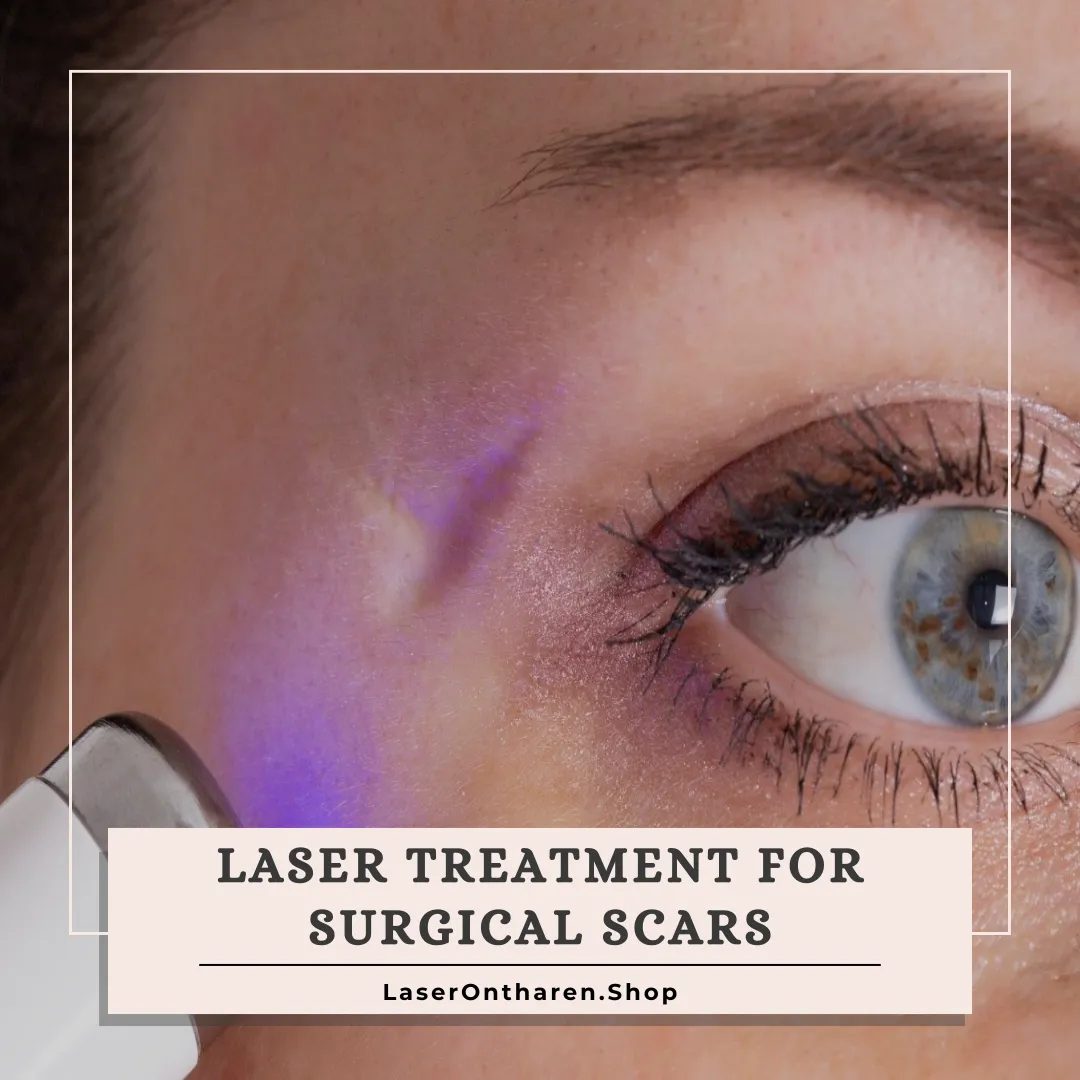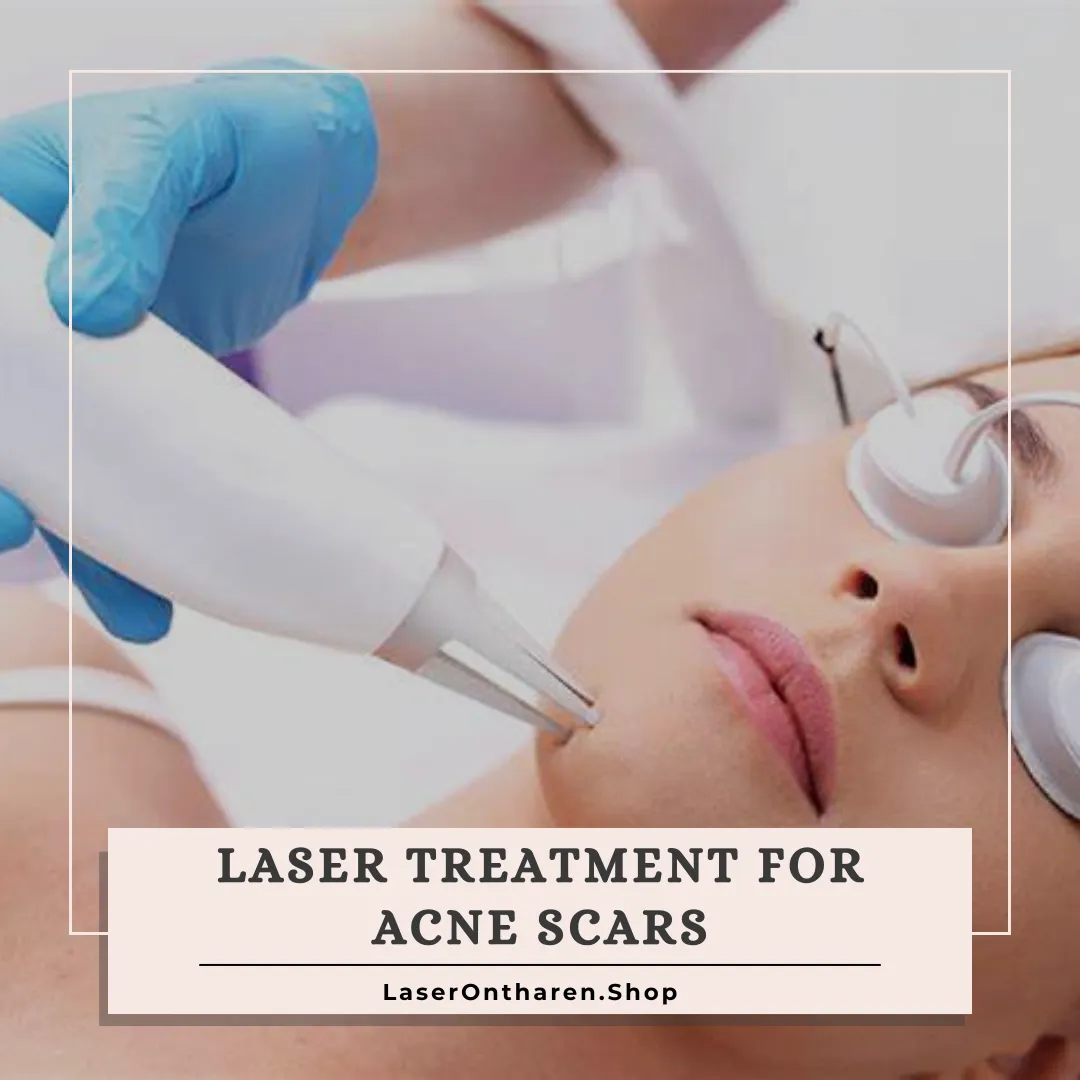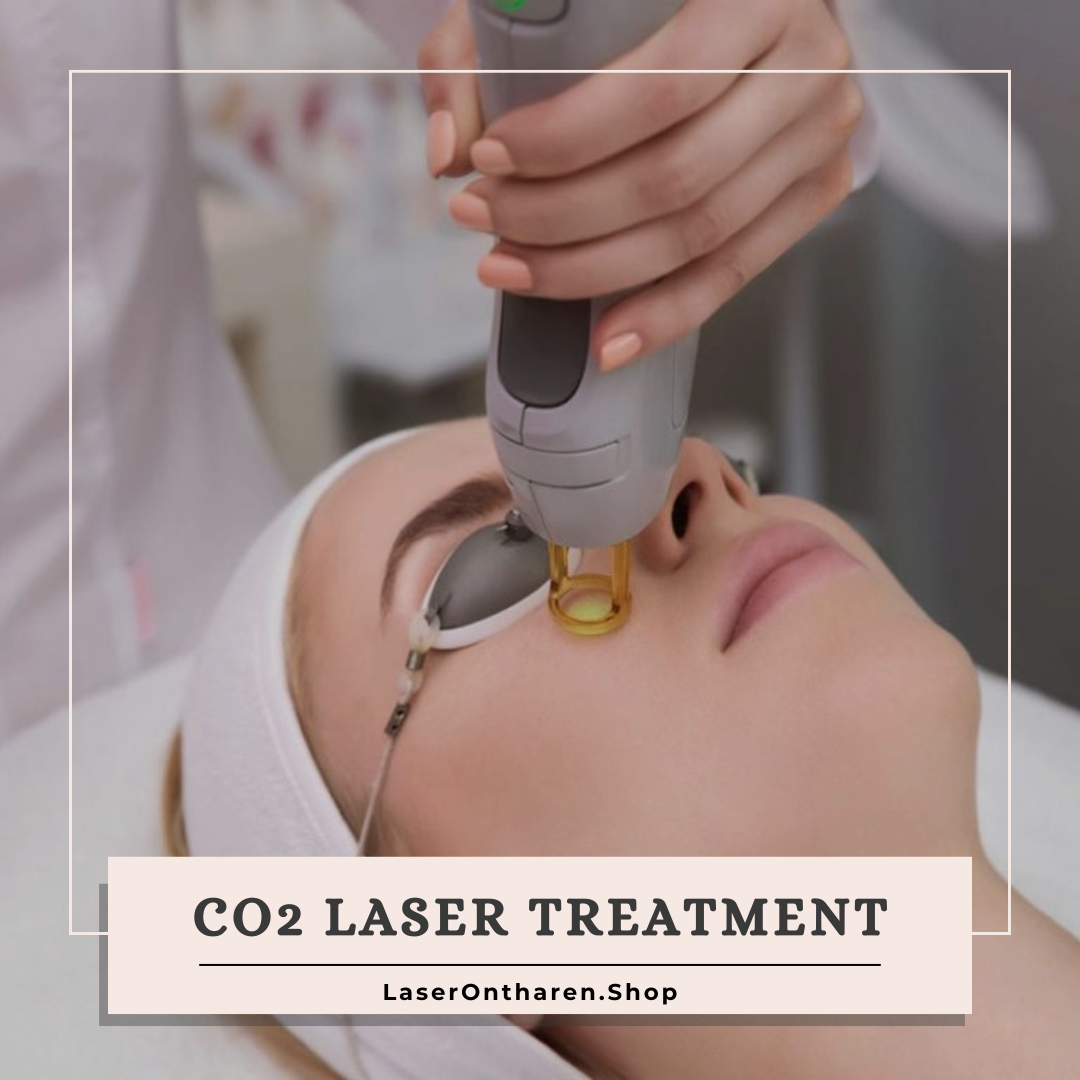Introduction
Toenail fungus, or onychomycosis, is a common condition that affects many people, causing nail discoloration, thickening, and crumbling.
It can be difficult to treat with traditional methods like topical creams and oral medications, which often have limited effectiveness and potential side effects.
Recently, laser treatment has emerged as a promising alternative.
This article will explore various aspects of laser treatment for toenail fungus, providing a comprehensive guide on its effectiveness, cost, process, and more.
- Warning
Before undergoing any laser treatment, it’s essential to consult with a qualified dermatologist or cosmetic surgeon who can assess your specific concerns and recommend the most appropriate treatment for your skin type and condition.
They can also provide information about the potential risks, benefits, and expected outcomes of the procedure.
What is Toenail Fungus?
Toenail fungus is a fungal infection that affects the toenails.
It is typically caused by dermatophytes, which are a type of fungus that thrives in warm, moist environments.
Yeasts and molds can also cause toenail fungus. The infection usually begins as a white or yellow spot under the tip of the toenail and can spread deeper into the nail if left untreated. Common symptoms include:
- Discoloration of the nail (white, yellow, or brown)
- Thickened or distorted nails
- Brittle, crumbly, or ragged nails
- Separation of the nail from the nail bed
- Foul odor
Does Laser Treatment for Toenail Fungus Work?
Laser treatment for toenail fungus works by using concentrated light beams to penetrate the nail and destroy the fungal infection underneath.
Studies have shown that lasers, such as the Nd:YAG, diode, and CO2 lasers, are effective in significantly reducing fungal presence and improving nail appearance.
Clinical trials report varying success rates, with some showing up to a 92% cure rate when combined with topical treatments.
This method is particularly beneficial for those who have not responded well to traditional treatments.
Laser Treatment for Toenail Fungus: Cost and Effectiveness
The cost of laser treatment for toenail fungus can range from $500 to $1200, depending on the severity of the infection and the number of sessions required.
Effectiveness varies, with many patients experiencing significant improvement after a few sessions.
The treatment is generally more successful than topical and oral medications, which often require long-term use and can have side effects.
Despite the higher initial cost, the long-term benefits and reduced need for continuous treatment make it a cost-effective option for many patients.
- +31623800046
- info@laserontharen.shop
What to Expect During Laser Treatment for Toenail Fungus
Laser treatment for toenail fungus is a modern, non-invasive procedure designed to eliminate fungal infections efficiently and safely. Here’s a detailed overview of what you can expect during the treatment process:
Initial Consultation:
Before the treatment begins, you will have a consultation with a podiatrist or dermatologist.
During this session, the healthcare provider will examine your toenails to confirm the presence of a fungal infection and assess its severity.
They may also review your medical history and discuss the treatment process with you to ensure you are a good candidate for laser therapy.
Preparation:
On the day of the treatment, ensure that your toenails are clean and free from nail polish.
The healthcare provider may clean the treatment area and possibly perform a debridement, which involves trimming the nails and removing any loose, infected nail material.
The Treatment Session:
The laser treatment session itself is straightforward and typically lasts between 10 to 30 minutes per affected toenail.
Here’s a step-by-step breakdown of what happens during the session:
- Positioning: You will be seated comfortably, and the healthcare provider will position your foot to give clear access to the affected toenails.
- Laser Application: The specialist will use a handheld laser device to direct focused light beams at the infected nails. The laser emits pulses of energy that penetrate through the nail to reach the fungus underneath. This process generates heat, which effectively kills the fungal cells without harming the surrounding nail or skin.
- Sensations: Most patients report feeling a mild warming sensation or slight discomfort during the laser application. This sensation is generally well-tolerated and does not require any anesthesia. The warmth is brief and subsides shortly after the laser stops emitting pulses.
Post-Treatment:
Immediately after the session, you can resume your normal activities as there is no downtime required.
Your healthcare provider might recommend using an antifungal topical cream to support the treatment’s effectiveness.
They will also provide guidance on maintaining proper foot hygiene to prevent future infections.
Follow-Up:
Depending on the severity of your fungal infection, multiple treatment sessions may be necessary.
These sessions are usually spaced several weeks apart to allow the nail to respond to the treatment and to monitor progress.
Follow-up visits help the healthcare provider to assess the effectiveness of the treatment and make any necessary adjustments.
Laser Treatment for Toenail Fungus: Before and After Results
Patients who undergo laser treatment for toenail fungus often report significant improvements in nail appearance and health.
Before treatment, nails are typically discolored, thickened, and brittle.
After completing the recommended number of sessions, many patients see clearer, thinner, and healthier-looking nails.
However, it can take several months for the full results to become visible as the nail gradually grows out and the damaged areas are replaced by healthy nail tissue.
Best Clinics for Laser Treatment of Toenail Fungus Near Me
Finding a reputable clinic for laser treatment of toenail fungus is crucial for achieving the best results.
Look for clinics with experienced podiatrists or dermatologists who specialize in laser treatments.
Reading reviews and patient testimonials can provide insights into the quality of care and success rates at different clinics.
Additionally, ensure that the clinic uses FDA-approved laser devices and follows proper hygiene and safety protocols.
- +31623800046
- info@laserontharen.shop
Risks and Side Effects of Laser Treatment for Toenail Fungus
Laser treatment for toenail fungus is generally safe with minimal side effects.
Some patients may experience mild redness, swelling, or a warming sensation during the procedure.
Serious side effects are rare, but it’s essential to follow the aftercare instructions provided by the healthcare provider to minimize any risks.
Patients with certain medical conditions should consult their doctor to ensure laser treatment is suitable for them.
Pros and Cons of Laser Treatment for Toenail Fungus
Pros:
- Non-invasive and painless
- High success rates compared to traditional treatments
- Minimal side effects
- Short treatment sessions with no downtime
Cons:
- Higher initial cost
- Multiple sessions may be required
- Not always covered by insurance
- Results can vary depending on the severity of the infection.
How to Prepare for Laser Treatment for Toenail Fungus
Before undergoing laser treatment, it’s essential to prepare properly.
- Keep the toenails clean and trimmed.
- Avoid using nail polish or any topical treatments on the nails for at least 24 hours before the procedure.
- Inform the healthcare provider of any medical conditions or medications being taken to ensure the treatment is safe and effective.
- Wearing open-toed shoes on the day of the procedure can also help make the process more comfortable.
Recovery and Aftercare Tips for Laser Toenail Fungus Treatment
After laser treatment, it’s essential to follow specific aftercare steps to ensure the best outcomes and prevent reinfection.
- First, keep the treated area clean and dry.
- Wear open-toed shoes or breathable footwear to minimize moisture around the toenails.
- Change socks daily and avoid sharing footwear with others to reduce the risk of spreading the fungus.
- Additionally, applying an antifungal cream as recommended by your doctor can help protect against new infections.
- Regularly disinfect nail clippers and other pedicure tools.
- Monitoring the nails for any signs of infection recurrence is crucial, and follow-up appointments with your healthcare provider can ensure the treatment’s success.
- +31623800046
- info@laserontharen.shop
Patient Testimonials for Laser Treatment for Toenail Fungus
“Dealing with toenail fungus was not only embarrassing but also painful.
I avoided wearing open-toed shoes and was always self-conscious about my feet.
My podiatrist recommended laser treatment, and I decided to go for it.
The process was straightforward and didn’t take much time.
After just three sessions, I could see a dramatic change.
The fungus was gone, and my nails were gradually becoming clear and healthy.
It’s been a life-changing experience, and I’m grateful to have my confidence back.”
– Sarah K.
Alternatives to Laser Treatment for Toenail Fungus
While laser treatment is highly effective, some patients may seek alternative treatments for toenail fungus.
Topical antifungal creams and nail lacquers can be used, though they often require prolonged application and have limited success.
Oral antifungal medications are another option, but they come with potential side effects such as liver toxicity and interactions with other drugs.
Natural remedies like tea tree oil and vinegar soaks are popular but lack strong scientific evidence.
Surgical removal of the nail is a last resort for severe cases.
Each treatment option has its pros and cons, and patients should consult with a healthcare provider to determine the best approach for their specific condition.
some Preventive Measures are:
- Keep feet clean and dry.
- Wear breathable footwear.
- Avoid walking barefoot in communal areas.
- Disinfect nail tools regularly
Laser Treatment for Toenail Fungus: Success Rates
Success rates for laser treatment of toenail fungus are generally high, with many studies reporting significant improvements.
Clinical trials have shown cure rates ranging from 60% to over 90%, depending on the type of laser used and the severity of the infection.
Factors that influence success rates include the patient’s adherence to aftercare instructions and the presence of any underlying health conditions that might affect the immune response.
While some patients may require multiple sessions to achieve the desired results, the overall effectiveness of laser treatment is well-documented.
- +31623800046
- info@laserontharen.shop
Comparing Laser Treatment with Other Treatments for Toenail Fungus
Compared to traditional treatments, laser therapy offers several notable advantages and some considerations:
Advantages of Laser Treatment:
- Non-Invasive and Pain-Free: Laser treatment is a non-invasive procedure, typically causing only a mild warming sensation during the session. This contrasts with the discomfort and potential side effects of oral medications.
- Minimal Side Effects: Unlike oral antifungal medications, which can cause liver damage and interact with other drugs, laser therapy has minimal side effects. This makes it a safer option for many patients.
- Higher Success Rates: Clinical studies have shown that laser therapy often has higher success rates in clearing up fungal infections compared to topical and oral treatments. Visible improvements can be seen more quickly as well.
- Shorter Treatment Duration: While oral and topical treatments may need to be used for several months to over a year, laser treatments typically require fewer sessions spaced weeks apart, making the treatment duration shorter overall.
Considerations:
- Cost: The initial cost of laser treatment is higher, ranging from $500 to $1200, and may not be covered by all insurance plans. This can be a significant consideration for many patients.
- Accessibility: Laser treatment may not be available in all areas, requiring patients to travel to specialized clinics. This could be a barrier for some individuals.
- Multiple Sessions Required: Although the treatment duration is shorter, multiple sessions are often needed to completely eliminate the infection, especially in severe cases.
Comparative Analysis:
- Topical Treatments: These require long-term application (up to a year) and are less effective at penetrating the nail to reach the infection. They are generally safe but have lower success rates compared to laser treatments.
- Oral Medications: These are more effective than topical treatments but come with significant risks such as liver damage and drug interactions. They require a long course (typically 6-12 weeks) and can have systemic side effects.
- Laser Therapy: Offers a high success rate with minimal side effects and quicker results. However, it involves higher upfront costs and multiple sessions, which may be a limiting factor for some patients.
In conclusion, while laser treatment for toenail fungus presents a highly effective and safer alternative to traditional methods, it is essential to consider factors such as cost, availability, and the need for multiple sessions.
Consulting with a healthcare provider can help determine the best treatment approach based on individual needs and health conditions.
Innovations in Laser Treatment for Toenail Fungus
Recent innovations in laser technology have improved the effectiveness and safety of treatments for toenail fungus.
Advanced lasers like the CO2 laser create microscopic holes in the nail, enhancing the absorption of topical antifungal agents.
Newer devices offer better precision and control, reducing the risk of damage to surrounding tissues.
Research is ongoing to refine laser parameters and develop combination therapies that increase the overall success rates.
These innovations continue to make laser treatment a more attractive and viable option for patients struggling with toenail fungus.
Conclusion
Laser treatment for toenail fungus offers a highly effective, safe, and convenient solution for those struggling with this persistent condition.
By understanding the process, benefits, and considerations of laser treatment, patients can make an informed decision about their treatment options.
With proper care and maintenance, laser treatment can lead to clear, healthy nails and improved confidence.
